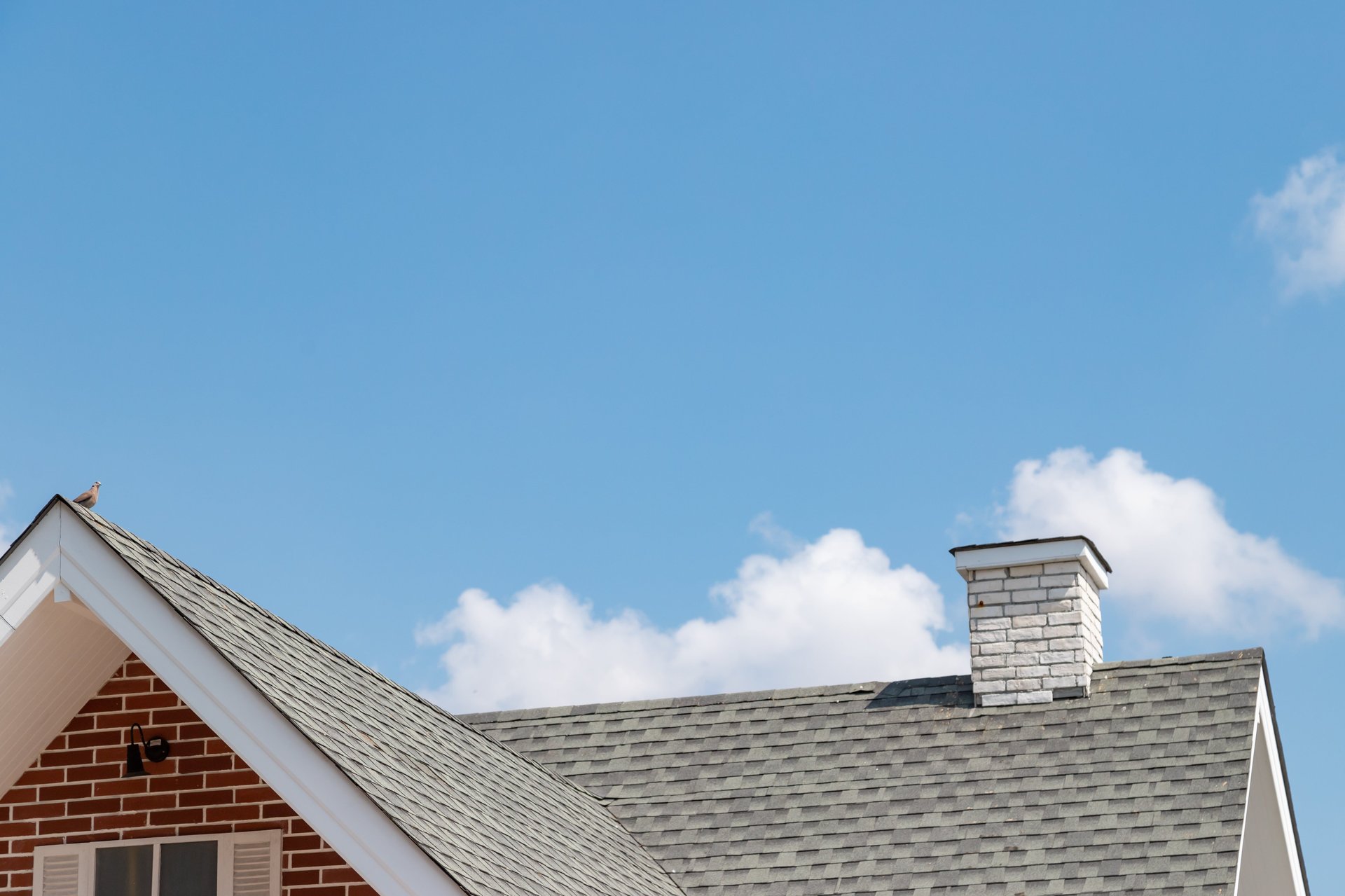Mortgage rates are at their lowest level since February 2023 — but homes are still too expensive
The 30-year fixed mortgage rate plunged to 6.29% last week

Mortgage rates fell for the sixth-straight week, hitting their lowest level since February 2023, according to Mortgage Bankers Association data released Wednesday.
Suggested Reading
The popular 30-year fixed mortgage rate plunged to 6.29% last week from 6.43%, largely in response to cooling inflation, a slowing job market, and the anticipated first rate cut from the Federal Reserve later this month, said Joel Kan, vice president and deputy chief economist at the Mortgage Bankers Association.
Related Content
Despite being the lowest rate in more than a year, Americans still aren’t taking out loans to buy homes. While lower rates should, in theory, spur home buying activity, the Mortgage Bankers Association’s adjusted purchase index rose just 2% from a week prior, and the unadjusted index was 3% lower than a year prior. Total mortgage loan application volume increased just 1.4% on a seasonally adjusted basis from the a earlier.
“Despite the drop in rates, affordability challenges and other factors such as limited inventory might still be hindering purchase decisions,” Kan said.
There were nearly 36% more homes for sale on a typical day in August compared with a year ago — the highest level since May 2020, Realtor.com (NWS) found. But home buyers are still hesitant to take with leap, with the median sale price of a home reaching a whopping $438,837 in July, according to the most recent Redfin (RDFN) data available.
On the seller side, many homeowners are still reluctant to give up their low rates. Just 2% of homeowners surveyed by Bankrate in June said they would purchase a home this year at a mortgage rate of 6% or higher.
Inflation rose just 2.5% over the last 12 months, Bureau of Labor Statistics data published Wednesday shows. This has signaled that the economy is well on its way towards the Fed’s 2% target and has all but cemented a 25-basis-point rate cut following the Federal Open Market Committee’s Sept. 17-18 meeting.
While lower inflation bodes well for the struggling housing market, shelter inflation has continued to rise: The shelter index climbed a whopping 5.2% over the last year, accounting for over 70% of the total 12-month increase in the all items excluding food and energy index, the bureau said. The shelter index includes rent costs and a metric known as owners’ equivalent rent, which measures how much money a property owner would pay in rent equal to their cost of ownership.
This has made homeownership largely unattainable for average Americans. In the second quarter of this year, the potential average monthly housing payment was approximately $3,500 — or 49% of the median U.S. income for the first-time buyer age group, according to estimates by NerdWallet (NRDS).
That payment includes the price of the home, an 8% down payment, the current mortgage rate, real estate taxes, homeowners insurance and PMI, or private mortgage insurance — a requirement for mortgages financed with less than 20% down.
